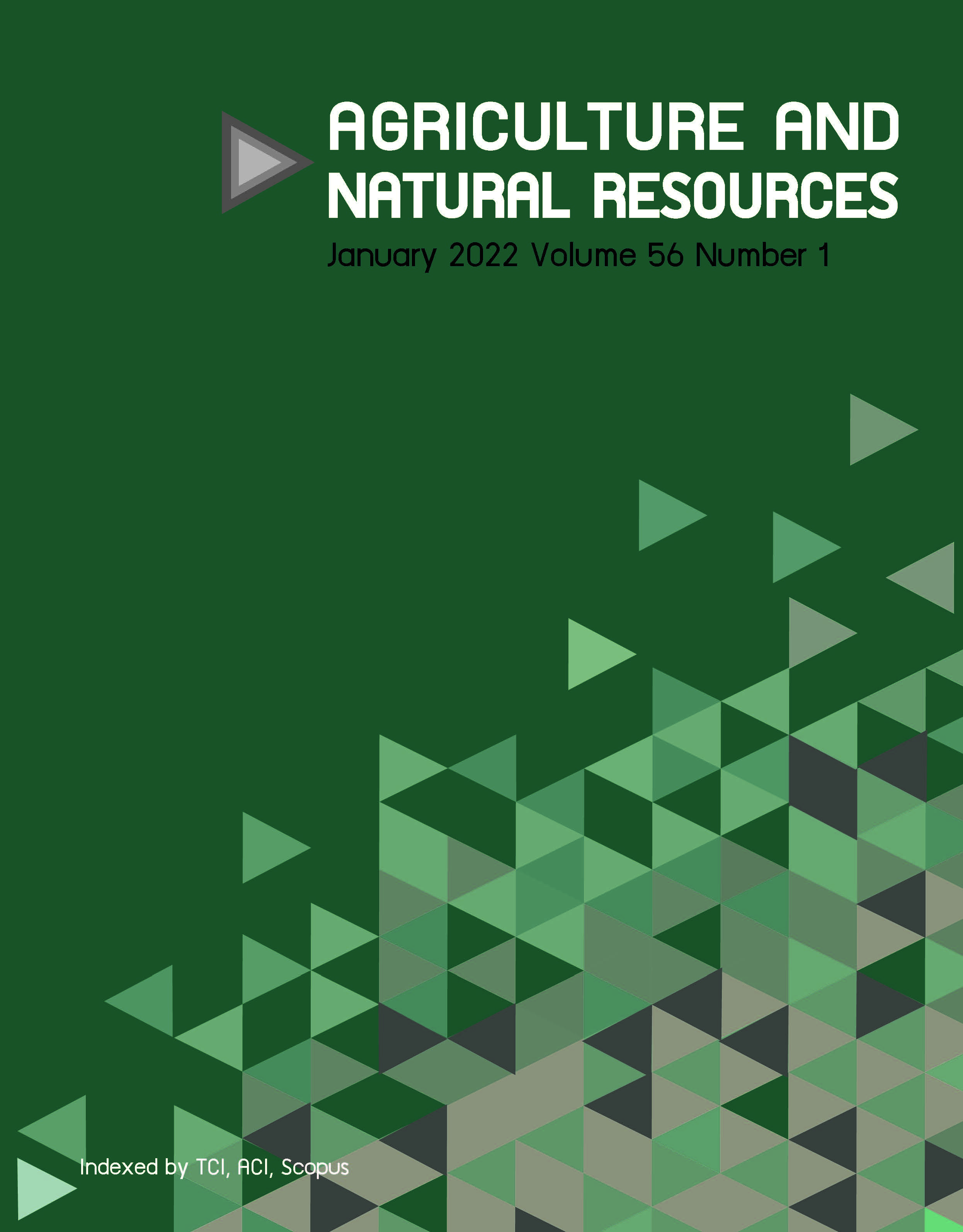Identification of indole-3-acetic acid as an important hormone in post– pollination of Dendrobium orchids and interaction of other hormones
Keywords:
Abscisic acid, 1-Aminocyclopropane-1-carboxylic acid, Gibberellic acid, Indole-3-acetic acid, Post-pollinationAbstract
Importance of the work: A ‘pollen hormone’ in Dendrobium pollinia has been reported for over a century but the specific nature of such a compound or compounds has not been proven.
Objectives: This study investigated the ‘pollen hormone’ in pollinia of Dendrobium orchid cultivars that display contrasting post-pollination phenomena.
Materials & Methods: The aqueous extract of pollinia of two Dendrobium cultivars was analyzed using gas chromatography-mass spectrometry. Hormonal profiles of cytokinins (CKs), auxin (IAA), gibberellic acids (GAs), abscisic acid (ABA), jasmonic acid (JA), salicylic acid (SA), and 1-aminocyclopropane-1-carboxylic acid (ACC) were analyzed using ultra-high-performance liquid chromatography-tandem mass spectrometry. The effects of the plant hormones on post-pollination of Dendrobium cv. Miss Teen was studied.
Results: An aqueous extract of pollinia showed a relatively high indole-3-acetic acid (IAA) concentration in Sakura (exhibits post pollination) was about 4.28 ng/μL, whereas no IAA concentration was detected in Miss Teen (fails to show post pollination). The IAA in the whole pollinia of Dendrobium cultivars showing post-pollination phenomena was an average of 227,070.25 ng/g pollen and higher concentrations than those cultivars that do not. Post-pollination effects were associated with elevated concentrations of IAA, ABA, SA, and gibberellins; however, no correlations were observed with JA and CKs. Dendrobium cv. Miss Teen, when treated with IAA singly or in combination with IAA plus ABA, SA, or GAs, induced the same post-pollination symptoms as found in a pollinated flower, while flowers treated with ACC did not induce a post-pollination response.
Main finding: The auxin presence in the pollinia of Dendrobium was associated with the occurrence of post-pollination events. These data strongly suggested that the main ‘pollen hormone’ in Dendrobium flowers was likely IAA and that it interacts with ABA, SA, and some GAs.
Downloads
Published
How to Cite
Issue
Section
License
Copyright (c) 2022 Kasetsart Universityonline 2452-316X print 2468-1458/Copyright © 2022. This is an open access article under the CC BY-NC-ND license (http://creativecommons.org/licenses/by-nc-nd/4.0/),
production and hosting by Kasetsart University of Research and Development Institute on behalf of Kasetsart University.







